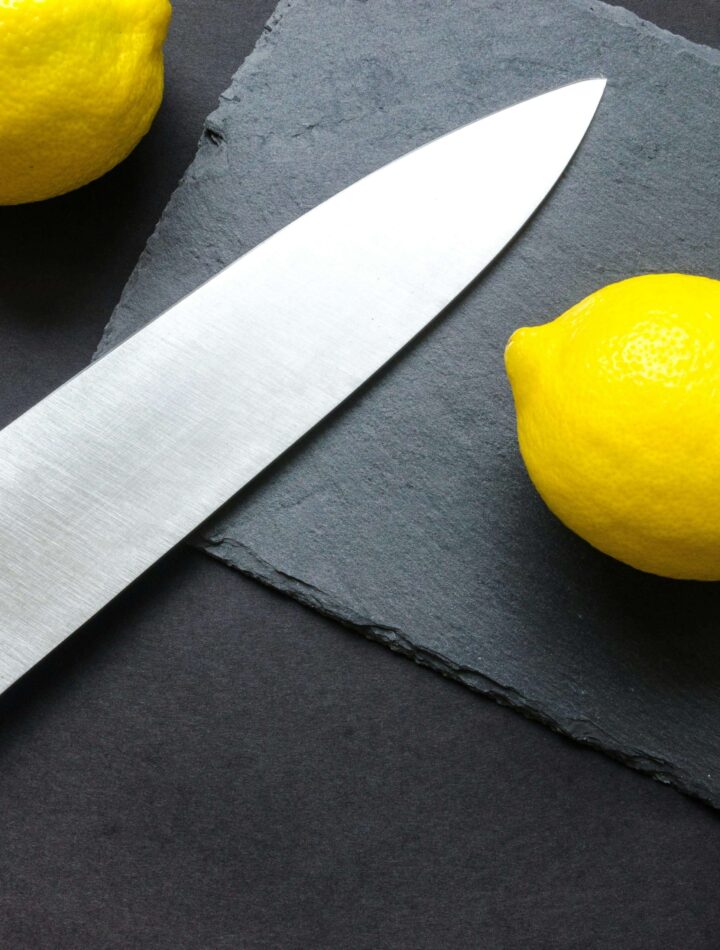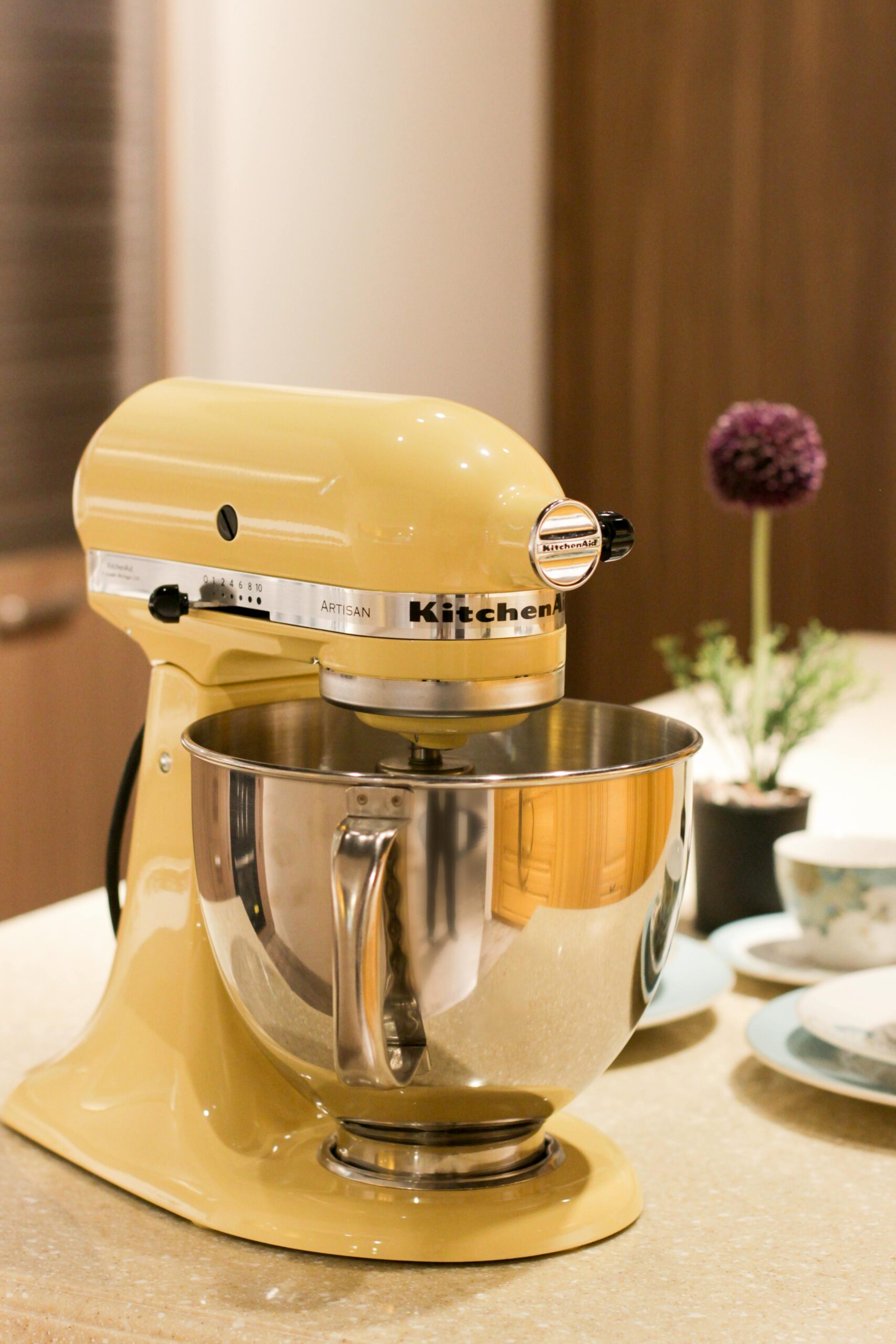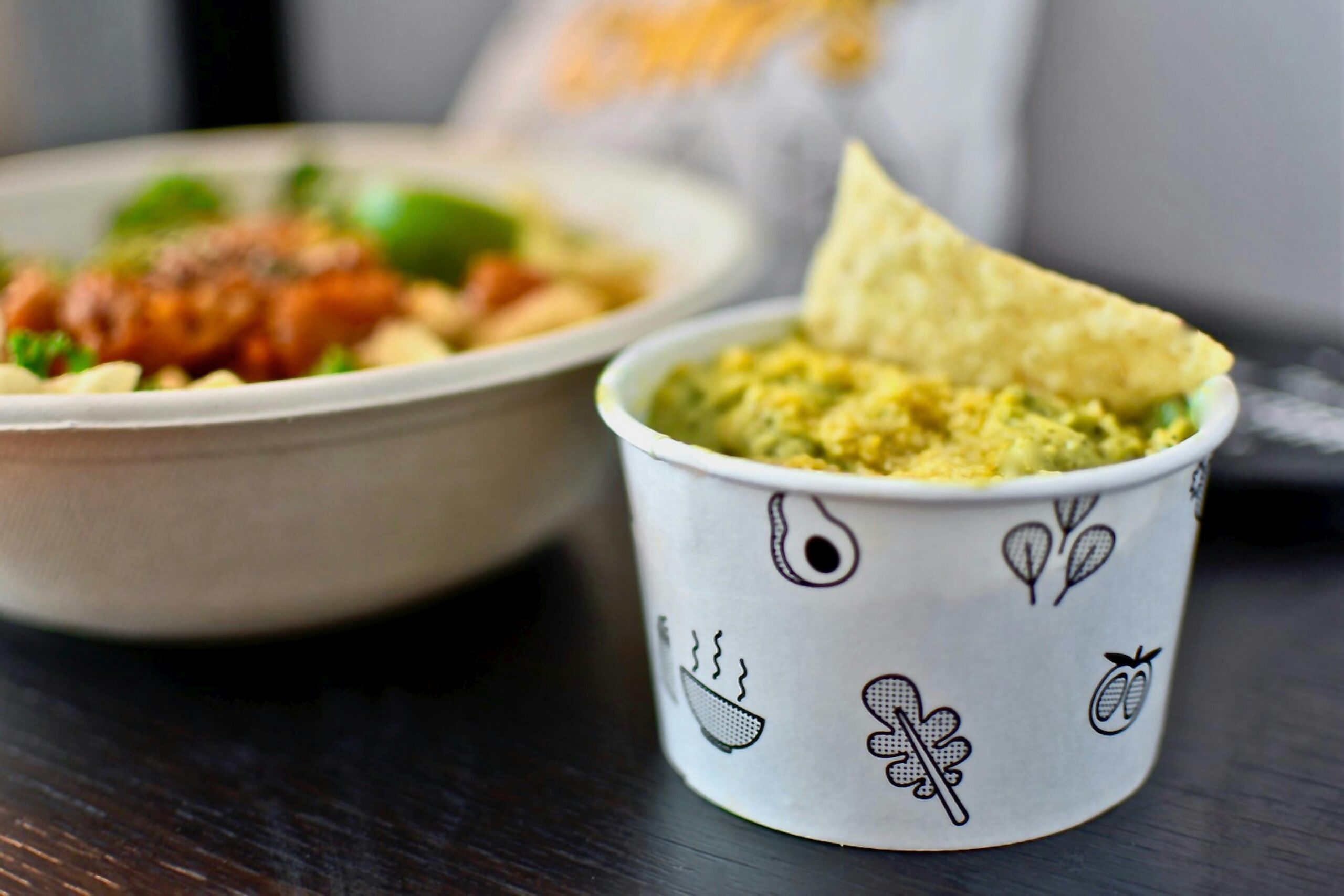Mastering knife skills is a game-changer for any home chef. Knowing how to handle, use, and maintain your knife not only makes cooking safer but also elevates the quality and presentation of your dishes. Whether you’re a beginner or a seasoned cook, honing your knife skills will save you time, effort, and frustration in the kitchen. Here are essential knife skills every home chef should know.
1. Choosing the Right Knife
Before learning how to cut, it’s important to use the right knife for the job. The chef’s knife is a versatile tool for chopping, slicing, and dicing. Pair it with a paring knife for small tasks like peeling or coring and a serrated knife for bread or soft produce. Investing in high-quality knives can make a big difference in your cooking experience.
2. Holding a Knife Properly
A proper grip gives you better control and reduces the risk of accidents. Use a “pinch grip” by holding the blade between your thumb and forefinger while wrapping your other fingers around the handle. This provides stability and allows for precise cutting.
3. Mastering Basic Cuts
Understanding basic knife techniques is essential for consistent cooking results. Here are a few to practice:
- Chopping: A rough cut used for herbs or vegetables.
- Dicing: Cutting ingredients into small, uniform cubes—ideal for onions or peppers.
- Julienne: Thin, matchstick-sized slices perfect for carrots or cucumbers.
- Mincing: Fine chopping, typically used for garlic or herbs.
- Slicing: Smooth, even cuts, often used for meat, fish, or larger vegetables like zucchini.
4. Practicing the Claw Technique
To protect your fingers, use the “claw” method: tuck your fingertips under while keeping your knuckles as a guide for the blade. This ensures your fingers stay safe while you work quickly and efficiently.
5. Keeping Your Knife Sharp
A dull knife is more dangerous than a sharp one because it requires more force, increasing the chance of slipping. Regularly sharpen your knives with a sharpening stone or honing steel to maintain their edge. Consider professional sharpening once or twice a year for optimal performance.
6. Learning How to Peel and Core Safely
Small tasks like peeling or coring can be tricky without the right approach. Use a paring knife for these jobs, and always cut away from your body for safety. For harder produce like apples, quarter them first to make coring easier.
7. Cutting Different Foods Efficiently
- Onions: Slice the onion in half, keep the root intact, and make horizontal and vertical cuts before slicing through.
- Tomatoes: Use a serrated knife to avoid crushing their soft flesh.
- Herbs: Roll leafy herbs like basil into a tight bundle before slicing for quick and even cuts.
8. Cleaning and Storing Knives Properly
Wash knives by hand immediately after use to avoid dulling the blade. Never put them in the dishwasher. Store them in a knife block, on a magnetic strip, or with blade guards to keep the edges sharp and protect your hands.
Conclusion
Developing strong knife skills is a cornerstone of becoming a confident and efficient home chef. With the right tools, techniques, and a bit of practice, you’ll be slicing, dicing, and chopping like a pro in no time. Not only will your cooking become more enjoyable, but you’ll also create dishes that look and taste better. Happy cooking!





